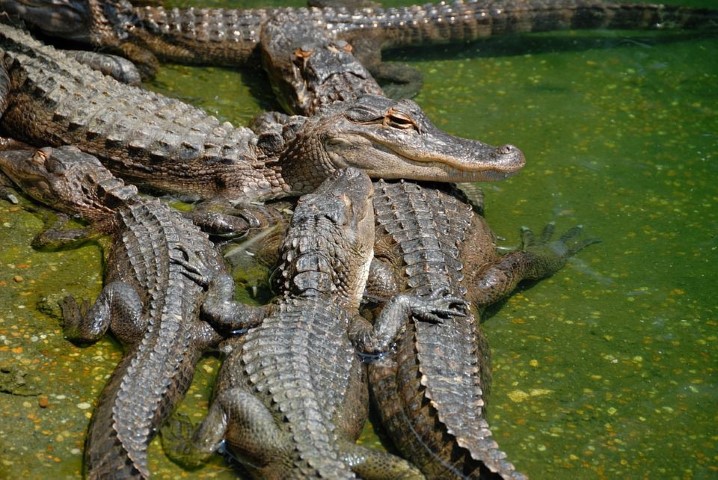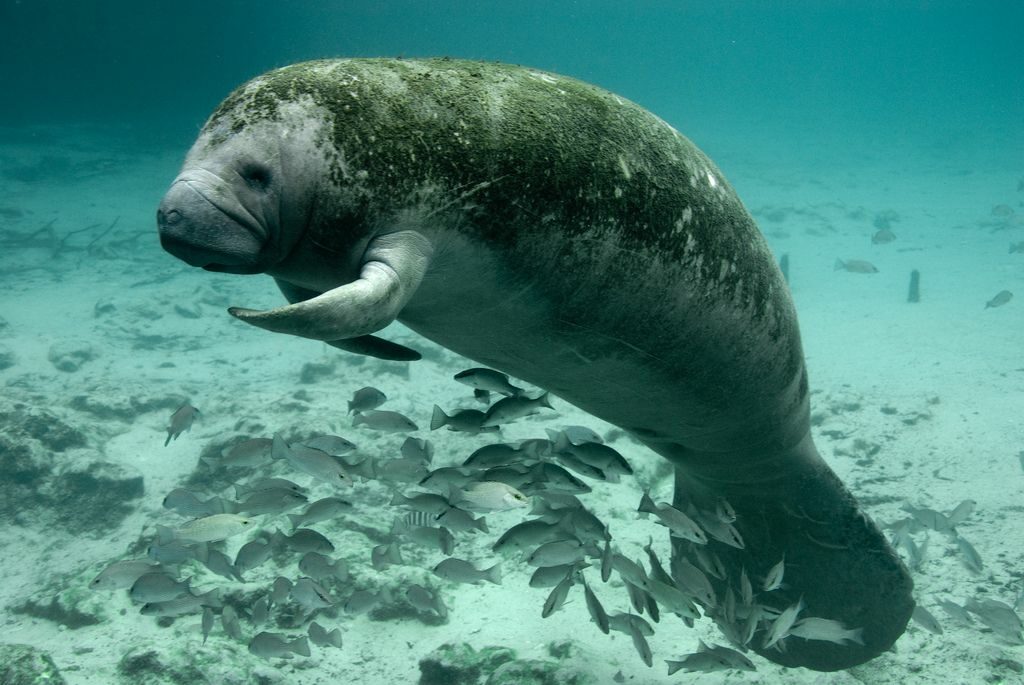6 Interesting Facts About Alligators
Floridians like to think they know everything about alligators, but scientists continue to find out more about the extensive history of these creatures every day. So, let’s take a look at six interesting facts that’ll put your alligator knowledge to the test.
They Aren’t Carnivores
Next time you decide to take an alligator tour, you might see one of these creatures munching on anything from fish to fruit. Because, despite how movies and other media depict alligators as flesh-crazed fiends, alligators actually appreciate a little variety in their diet. Beyond a multitude of meats, alligators enjoy a range of other wild harvests like watermelon and wild grapes.
They Have a Big Appetite
It’s no secret that alligators have an appetite; however, most people don’t exactly know how they manage to eat as much as they do. Turns out, these creatures have the ability to relocate blood from their lungs to their stomach, which elevates the production of stomach acid. This helps to increase the rate of gastric breakdown, allowing them to digest food faster and ingest meals in larger amounts.
They Are Social Creatures
They might not be as in touch with their emotions as humans are, but alligators still have strong communication skills. Whether they need to send a message through air or water, alligators can easily communicate through non-verbal and verbal signals. And, these signals often vary depending on where an alligator is in the courting, mating, or nesting cycle.
They Easily Fight Infection
You often find alligators wading in murky swamps or trudging through muddy marshes, but you don’t often find them bothered by the germs and bacteria around them. That’s because alligators secrete a slightly antiviral serum that naturally fights infection in their daily lives, which means that alligators can easily survive some of the harshest wounds of the waters.
They Eat Other Alligators
These prehistoric predators may come across as a threat to humans, but they’re usually more of a threat to other alligators. In fact, a 2011 Florida study found that adult alligators are likely to feast on newborn or juvenile ones, which scientists believe is responsible for removing roughly 7% of young alligators each year.
They Regulate the Environment
Alligators play a huge role in controlling their own population by eating young alligators, but they also help regulate the environment by feasting on animals that would otherwise overpopulate, like certain species of fish, insects, and crustaceans. And, the holes these gators dig for hibernation provides another source of water for local aquatic animals.
Test Your Knowledge on an Alligator Tour
Whether you want to fact check our alligator information or just want to get a look at one of Florida’s favorite mascots, schedule an airboat ride with Grape Hammock Fish Camp. Our adventurous alligator tours take you through the waters of Lake Kissimmee to see alligators in their natural habitat—with some insightful information from our expert airboat captains, of course.






